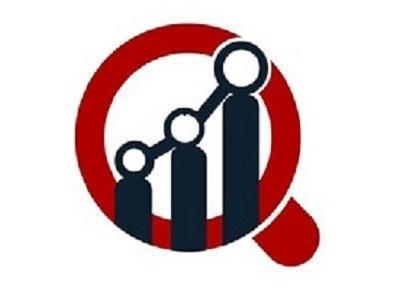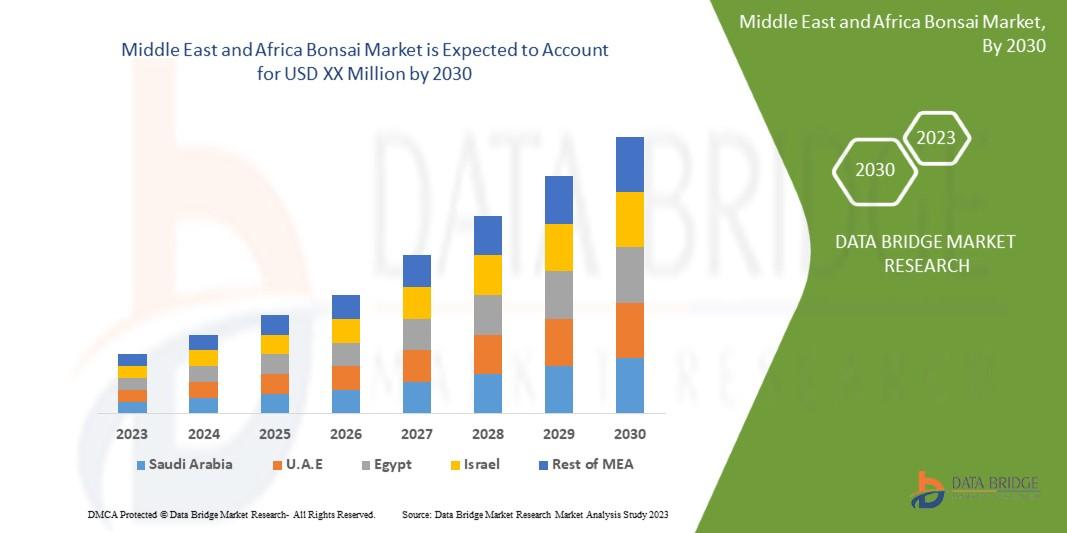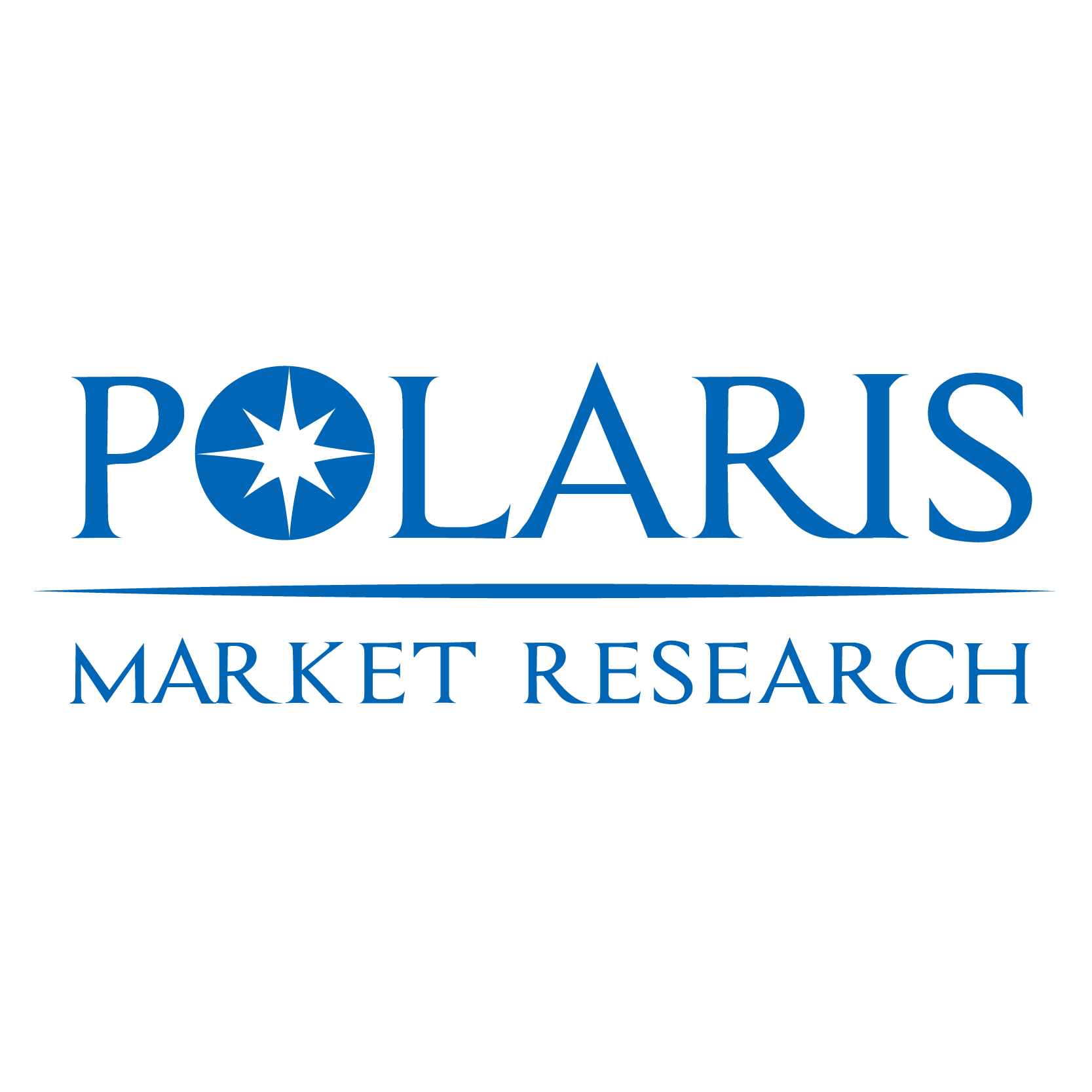IoT-Enabled Industrial Automation Controllers Powering Smart Manufacturing

IoT-enabled industrial automation controllers -IoT-enabled industrial automation controllers connect motor systems to cloud networks for real-time data analysis and remote operation. These controllers enhance process efficiency, predictive maintenance, and production transparency in smart industrial environments.
IoT-enabled Industrial Automation Controllers, a category that includes Intelligent Motor Controllers, are foundational components in the digital transformation of industrial facilities, collectively known as Industrial IoT (IIoT). These controllers are distinguished by their native ability to communicate securely and seamlessly over standard network protocols, fundamentally bridging the gap between the operational technology (OT) domain and the information technology (IT) domain.
The enablement of IoT in these controllers is primarily achieved through embedded hardware and software that support internet-based communication standards (like MQTT, REST APIs) and robust industrial protocols (like OPC UA, PROFINET, Ethernet/IP). This capability transforms the controller from a standalone logic device into a networked data source. The data generated—ranging from simple status updates to complex motor vibration spectra—is time-stamped, contextualized, and fed into higher-level platforms, including Manufacturing Execution Systems (MES), cloud-based analytics services, and enterprise resource planning (ERP) systems.
The core benefit of an IoT-enabled controller is the unprecedented level of operational visibility it provides. Plant managers can monitor key performance indicators (KPIs) and asset health remotely, across an entire fleet or facility. This centralized view facilitates data-driven decision-making, allowing for global optimization of production schedules, energy consumption, and maintenance activities. For example, by integrating an IMC's energy consumption data with production output, a company can calculate the energy efficiency per unit of product, a vital metric for cost management and sustainability reporting.
Security and scalability are paramount considerations for this technology. Since these controllers are directly connected to critical machinery and potentially the public internet, robust, multi-layered cybersecurity is a design requirement. Furthermore, the architecture must be scalable to handle thousands of controllers and the massive volume of data they generate. The trend toward edge processing is critical here, allowing controllers to pre-process and filter data locally, sending only meaningful insights or necessary raw data to the cloud, thus conserving bandwidth and ensuring real-time response capability. Ultimately, IoT-enabled controllers are the indispensable technology enabling flexible manufacturing, real-time supply chain integration, and the proactive, predictive facility management model of Industry 4.0.
FAQs on IoT-enabled Industrial Automation Controllers
Q1: What is the main difference in data handling between a non-IoT and an IoT-enabled industrial controller? A1: A non-IoT controller typically communicates locally over specialized fieldbuses for basic control, while an IoT-enabled controller uses standard internet protocols to securely send vast amounts of real-time, contextualized operational data to enterprise-level software or cloud platforms for broad analysis.
Q2: What is the purpose of "edge processing" in relation to IoT-enabled controllers? A2: Edge processing allows the controller to analyze its data locally before transmission, reducing the volume of data sent over the network, ensuring low latency for critical real-time decisions, and minimizing the demands on cloud infrastructure.
Q3: Which two primary types of communication protocols must an IoT-enabled industrial controller support? A3: It must support secure industrial protocols (like PROFINET or Ethernet/IP) for real-time control within the facility and internet-based protocols (like MQTT or HTTPS) for secure data transfer to cloud or enterprise IT systems.


